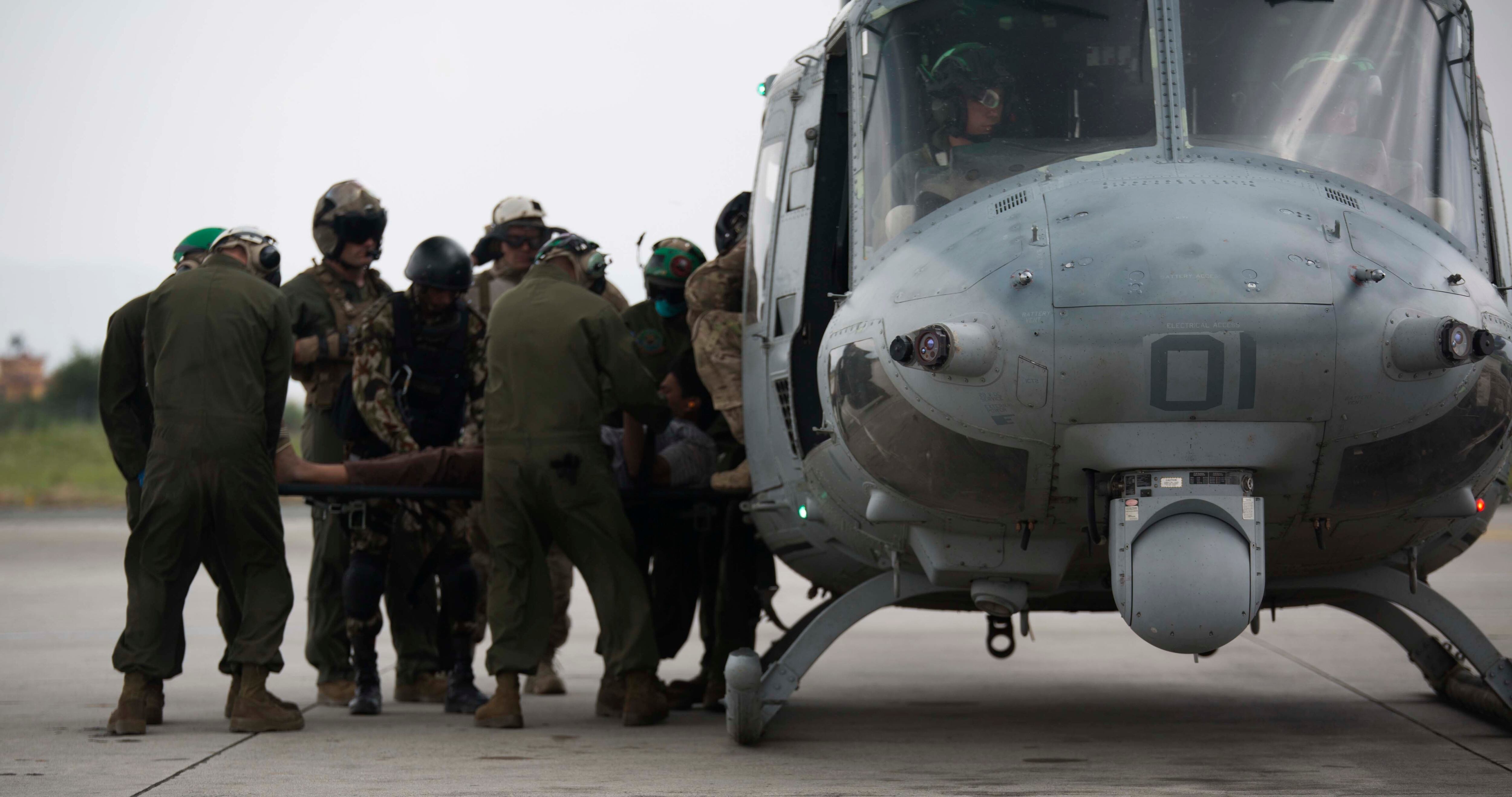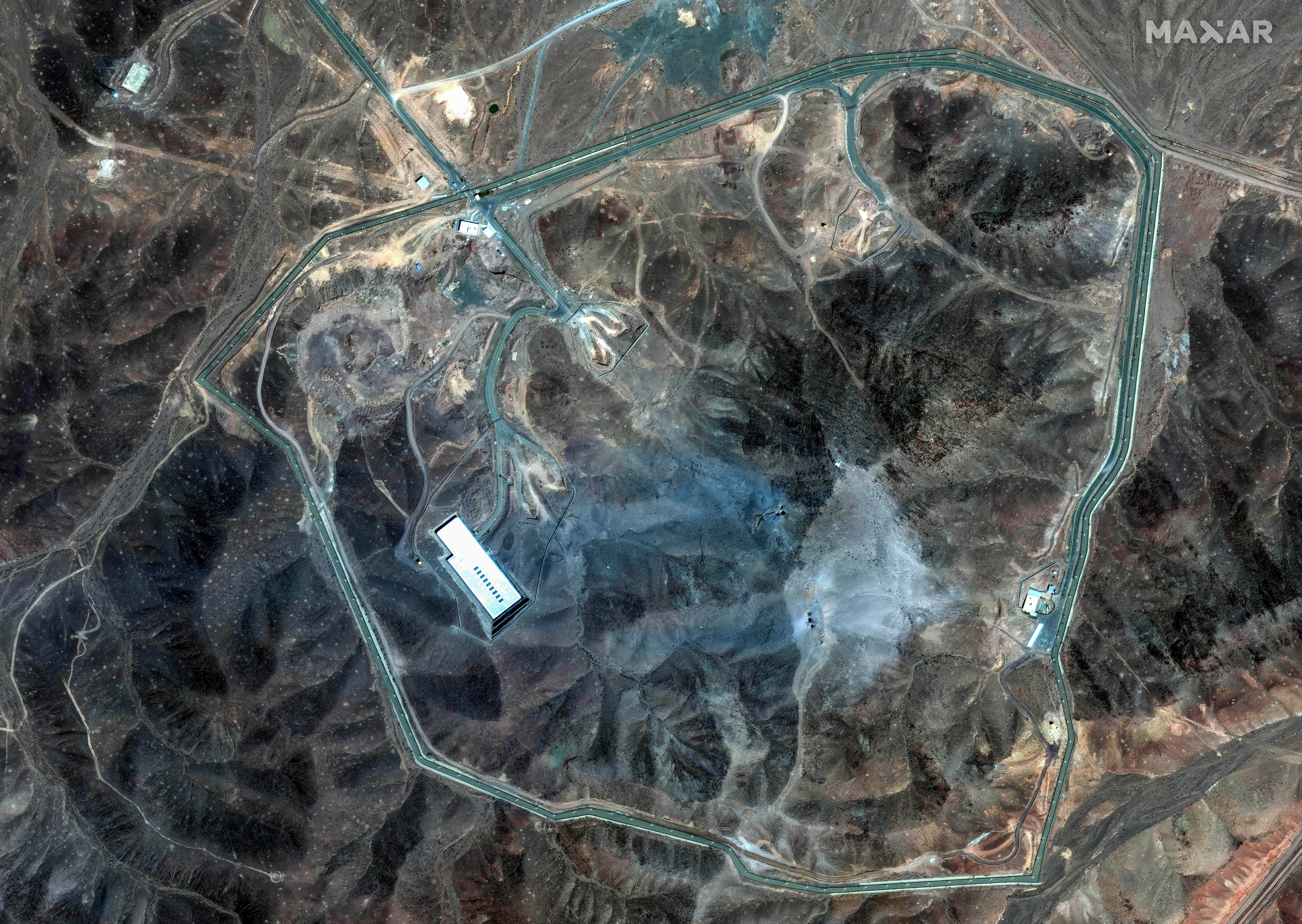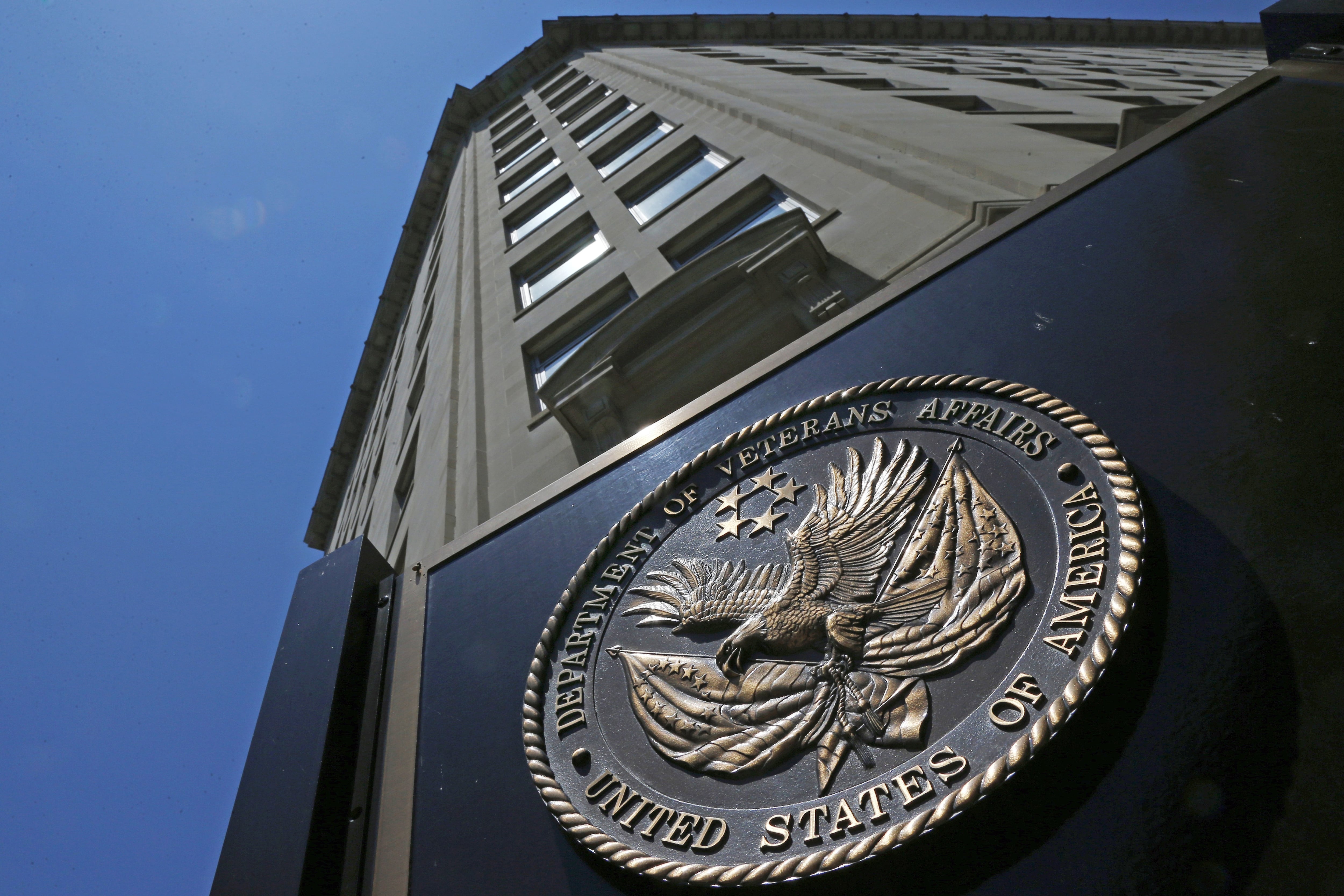As the search for the missing UH-1Y Huey helicopter in Nepal continues, family members say they're still holding out hope that the six Marines aboard the aircraft will soon be located. Marine Corps officials confirmed Thursday that theofficials have contacted relatives of each of the six Marines aboard the aircrafthave been contacted. member of the lost six-man crew.
Terri Norgren, the mother of Capt. Chris Norgren, a 31-year-old UH-1Y Venom pilot, said she mother of the Huey's pilot, 31-year-old son, Capt. Chris Norgren, believes her son is alive and looking after his crew. He would have found a safe spot to set the helicopter down in an emergency, she said.
"My gut tells me that he is OK," Terri Norgren said, describing the past few days as an emotional roller coaster. "He's smart, he knows what he's doing and he is going to protect everybody on that helicopter. I really feel that in my heart."
The UH-1Y Venom helicopter, assigned to part of Marine Light Attack Squadron 469 based atboard Camp Pendleton, California, vanished Tuesday May 12 while delivering supplies near Charikot, Nepal. Along with the Marines, two Nepalese soldiers were aboard the helicopter, officials said.
Military officials are withholding the Marines' identities until 72 hours after next-of-kin were notified that they were aboard the aircraft. Corps officials confirmed Thursday that all of the Marines' families have been contacted.
Elements of the squadron, along with MV-22B Ospreys with Marine Medium Tiltrotor Squadron 262, arrived in Nepal shortly after a 7.8 earthquake — the first of two in recent weeks — rocked the mountainous Asian nation and left more than 8,000 dead. Officials with Joint Task Force 505, which oversees the U.S. humanitarian mission there, launched multiple efforts to locate and recover the utility helicopter in the days since it disappeared.
Those so far unsuccessful efforts included sending Nepalese soldiers — a special forces platoon, army battalion and boat team — out on foot to search the remote, alpine area where the helo Huey vanished. Three Nepalese helicopters and one Russian-made Mi-17 Indian helicopter have joined the effort, according to the latest update from U.S. Pacific Command.
At the same time, the search-and-rescue teams are delivering supplies and evacuating injured or displaced victims, said Army Maj. David Eastburn, spokesman for PACOM. More than 174,000 pounds of emergency relief supplies have been delivered to Nepalese people in need since the operation began. U.S. troops have also transported more than 450 via aircraft and carried out 52 casualty evacuations.

Troops with Joint Task Force 505 carry a Nepalese man from a UH-1Y Huey to a triage at the Tribhuvan International Airport in Kathmandu, Nepal, on Wednesday. Relief efforts continue in Nepal as the Corps conducts search and rescue missions for a missing helicopter and Marines.
Photo Credit: Cpl. Thor Larson/Marine Corps
Officials have not spotted any signs of wreckage or detected an emergency beacon, keeping alive hopes the missing Huey-style helicopter set down in the isolated region and is unable to communicate with the outside world. Its crew was last heard from by another helicopter operating in the area, which reported hearing chatter about a fuel issue, Army Col. Steve Warren, a Defense Department spokesman, told reporters earlier this week.
Officials plan to rotate out two of the remaining Hueys for routine repairs, but are dispatching two more to the area. They are expected to arrive in Nepal Saturday, according to a Defense Department news release.
Bad information
Though Pentagon officials regularly release updates on the search effort, rumors have run rampant since the helicopter and Marines went missing. Huey vanished.
Perhaps the most glaring was a report issued by the Deutsche Presse Agentur news agency Wednesday indicating searchers had spotted the aircraft. found the helicopter. U.S. mMilitary officials later described it as one of several claims the Defense Department has ruled false.
There have also been were reports that the Marines had a satellite phone, but Eastburn said it's not standard operating procedure for pilots and their crews to carry the device.
Even more confusion surrounds the identities of the six-Marine crew. Local and national News news outlets, from local to national, across the country have variously released and then walked back the names of Marines allegedly aboard the helicopter Huey.
In cases like these, Marine officials usually wait 72 hours after the last of the missing's relatives are notified to release an official roster. A PACOM official spokesman said the names would be made public Saturday at the earliest.
Terri Norgren said the false reports are difficult to deal with as she and her husband, Ronald Norgren, await word from their son. She takes everything she hears with a grain of salt.
"I've learned really fast not to believe everything that is out there," she Terri Norgren said. "[I] am not getting my hopes up that they found him until I [get] a text from him or he calls me and it is official and through military."
Terri Norgren said she wants more resources poured into the search effort and is considering petitioning lawmakers for help.
"I would like to see our legislators get involved in this process and get more troops on the ground and/or the air," she Terri Norgren said. "That's a small country, but a lot of heavy terrain. It's going to be a mess [after the earthquakes]."
Any search-and-rescue effort in a country with the topography of Nepal is bound to be difficult, said Colin Chaperon, the emergency field lead with the American Red Cross. Though organizations like his do not have access to the same resources as the U.S. military, any group doing work there must deal with heavily damaged infrastructure, like damaged roads, and daunting terrain, he said.
"There are so many communities that are only now beginning to get resources and it's not because of a lack of effort or lack of response, it's just the sheer nature of the terrain," Chaperon said.
He compared it to the 2005 earthquake in Pakistan.
"Even on a normal day, [that region is] difficult to navigate and it's compounded with a natural disaster," Chaperon said.




